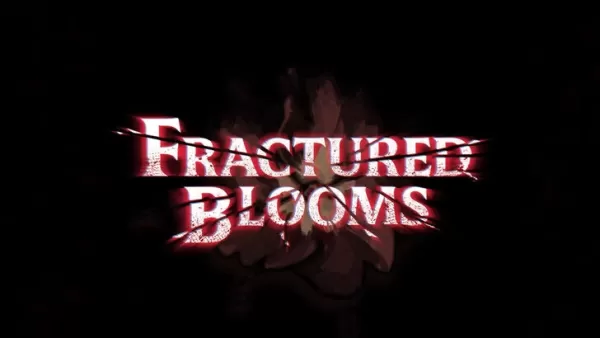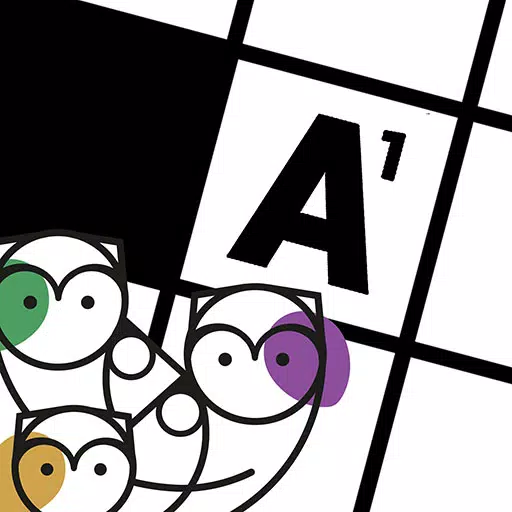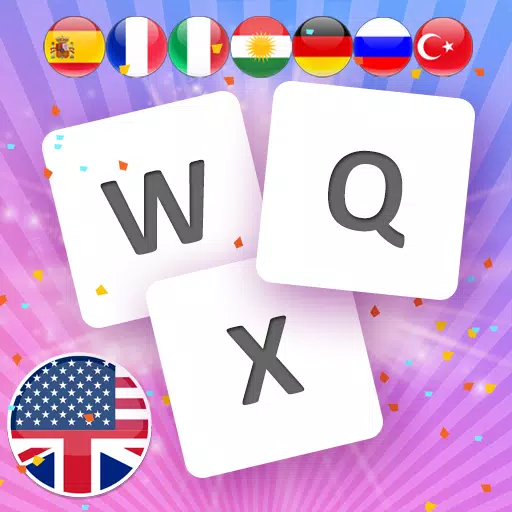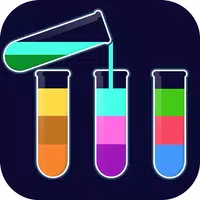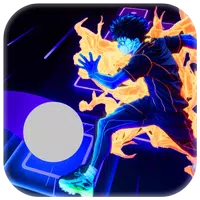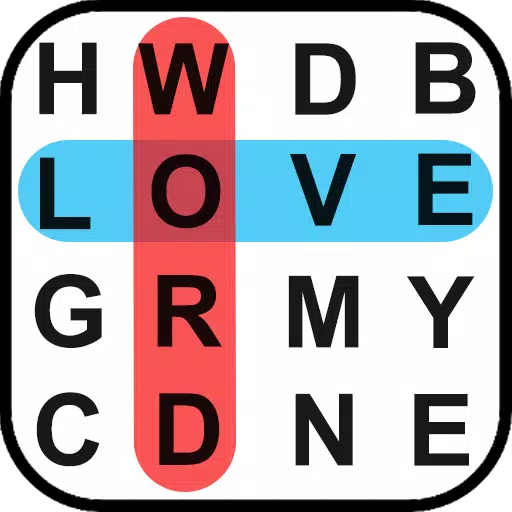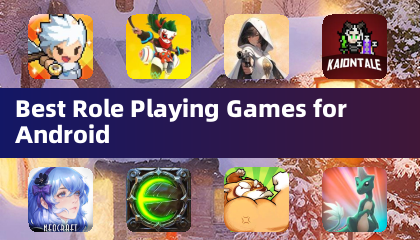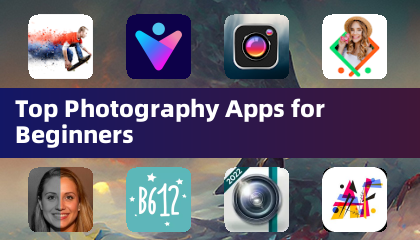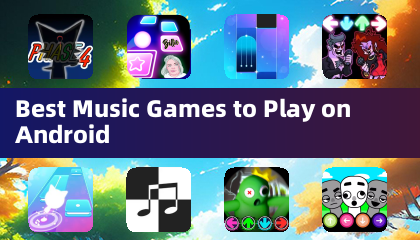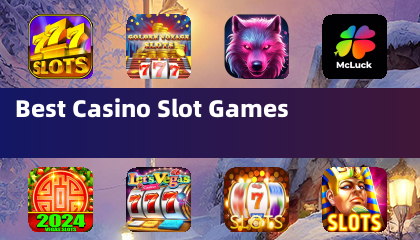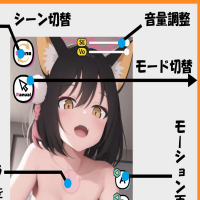I vividly remember purchasing my first OLED TV, the LG E8 55-inch model, back in 2019, just before the world went into lockdown. It turned out to be the perfect companion for isolation. At the time, I didn't fully grasp what OLED (organic light-emitting diode) meant. I knew it used self-lit pixels instead of a backlight like LCD displays, offering infinite contrast. But after diving into the visually stunning worlds of Final Fantasy XV and The Last of Us Part II, it hit me: this was like living through a nostalgic fever dream in real-time. Naturally, I didn't stop at the E8.
A few years later, I upgraded to the LG C2 65-inch TV, and since then, I've reviewed numerous devices with OLED displays. I learned that not all OLED screens are created equal, and they don't even share the same technology. You might be wondering, "How many types of OLED are there?" Well, there are many, but there are three main types you should know about: WOLED, QD-OLED, and AMOLED.
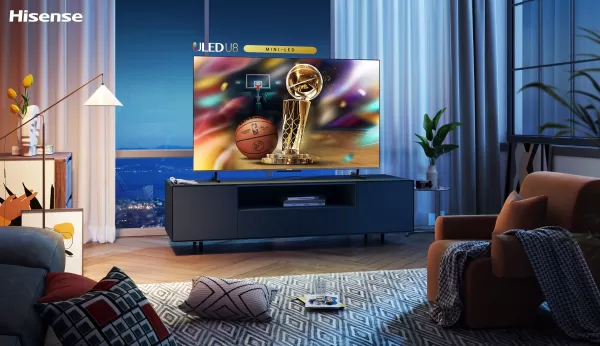 WOLED, QD-OLED, and AMOLED: How They Work
WOLED, QD-OLED, and AMOLED: How They Work
OLED technology has been around for decades, with companies from Kodak to Mitsubishi experimenting with various approaches. It wasn't until LG debuted its OLED TVs in the early 2010s that the technology became mainstream.
LG's version of OLED is called WOLED (White OLED). The company doesn't use this term in its marketing because LG positions itself as synonymous with OLED. But what is WOLED? As mentioned, OLED uses self-lit pixels to achieve infinite contrast and vibrant colors. However, the compounds in red, green, and blue emitters degrade at different rates, accelerating burn-in issues.
WOLED addresses this by using a pure white OLED layer with an RGBW color filter. Imagine all those self-lit pixels emitting white light instead of red, green, or blue. However, this approach has its challenges. When you shine a spotlight through various color filters, some colors will appear brighter than others, leading to imbalanced brightness and reduced color volume. Higher-end WOLED models attempt to mitigate this with Micro Lens Array technology, which uses thousands of microlenses per pixel to focus light more effectively.
In 2022, another solution emerged with QD-OLED (Quantum Dot OLED), introduced by Samsung. QD-OLED replaces the white OLED layer with a blue one that hits a layer of quantum dot color converters. Unlike the RGBW filter, quantum dots absorb light, converting blue to red or green without losing any of the original light's intensity.
AMOLED, on the other hand, is in its own category. It's similar to WOLED but features a thin-film transistor (TFT) layer, which helps control the charge of each pixel, allowing for faster activation. However, this comes at the cost of OLED's iconic "infinite" contrast.
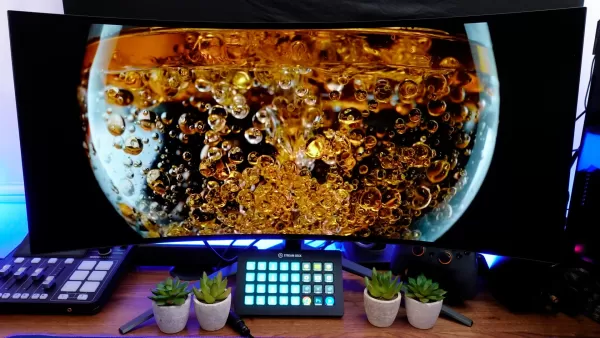 WOLED, QD-OLED, and AMOLED: Which Is Better for Gaming?
WOLED, QD-OLED, and AMOLED: Which Is Better for Gaming?
Choosing the right OLED technology for gaming depends on your specific needs and preferences. If you want a straightforward answer: QD-OLED is generally the best choice. However, there are scenarios where WOLED or AMOLED might be more suitable.
Let's start with AMOLED, which is typically found in smartphones and laptops. It's less common in TVs due to its high cost. AMOLED is flexible, making it suitable for foldable devices, and offers high refresh rates and excellent viewing angles. However, it struggles in direct sunlight because of lower peak brightness, which is ironic for a technology often used in mobile devices.
For gaming monitors and TVs, you'll have the option of WOLED (marketed simply as OLED) or QD-OLED. WOLED can get very bright, especially with whites, thanks to its white OLED layer. However, the RGBW filter causes a loss of brightness across other colors. QD-OLED, on the other hand, provides overall brighter visuals and more vibrant colors because the quantum dots absorb and convert light without loss.
In my living room, where my OLED TV faces windows and gets plenty of glare, the darkest parts of the screen still appear black. In contrast, my QD-OLED monitor on my desk shows a purplish tint under similar conditions. This is because Samsung removed the polarizing layer from QD-OLED displays to boost brightness, which unfortunately increases reflections.
Overall, QD-OLED displays offer superior color and brightness. But in highly reflective environments, WOLED screens are less distracting. Keep in mind, however, that the actual quality of these displays depends on their specifications. Generally, the more you spend, the better the visual experience.
But QD-OLED and WOLED may not be the only options for long.
The Future of OLED Is PHOLED
There are various types of OLED, including PHOLED (Phosphorescent OLED), which uses phosphorescent materials to convert energy into light. The challenge with PHOLED is that the blue emitters have a significantly shorter lifespan compared to green and red, making PHOLED panels less viable.
However, LG has recently announced a breakthrough in blue PHOLED technology, preparing it for mass production. LG refers to PHOLED as "Dream OLED" because phosphorescence achieves 100% luminous efficiency, far surpassing the 25% efficiency of fluorescence. This means PHOLED TVs will be brighter and consume less power.
While we won't see PHOLED displays in TVs anytime soon, we can expect to see this technology in smartphones and tablets in the near future.




